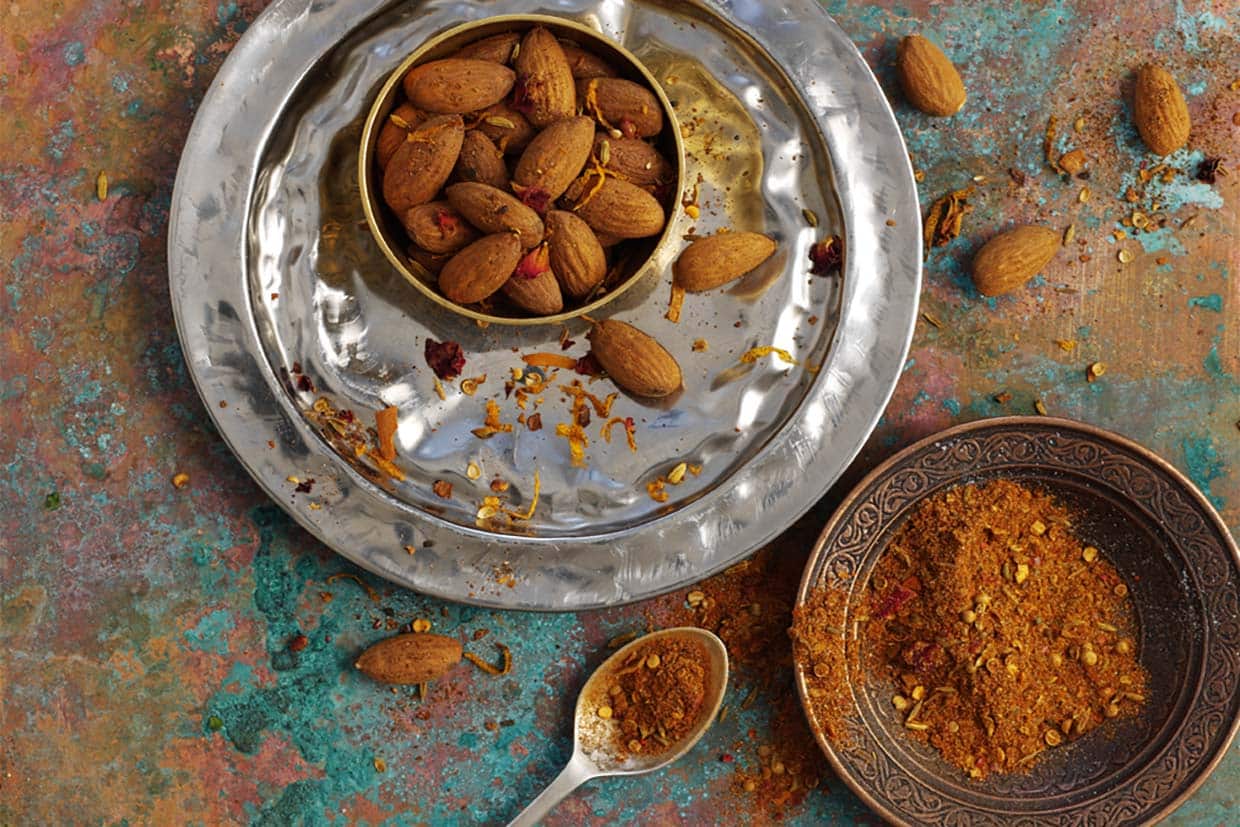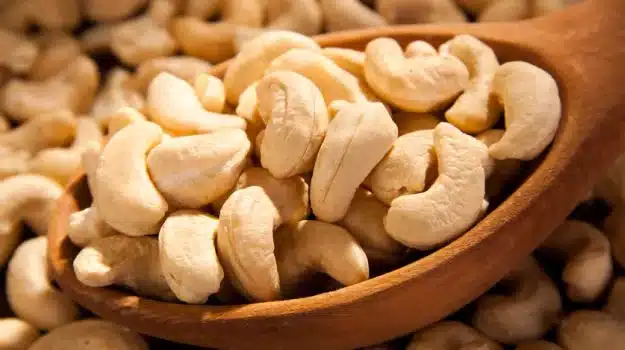Blog
Exploring the World of Spices and Almonds?

When you think of Indian cuisine, you probably think of spices. Spices are such a fundamental component of Indian food preparation that they have become synonymous with the country itself. But what exactly are all those spices and how do they get used? In this guide, we explain their uses and explore ways you can use them in your own kitchen.
Almonds and spices, two of the most popular ingredients on Indian food menus, are often enjoyed together.
Almonds and spices, two of the most popular ingredients on Indian food menus, are often enjoyed together. They are also used in desserts such as kheer and payasam. Almonds are an excellent source of protein and fibre. They contain vitamins E and B2 which help reduce cholesterol levels in the body.
Almonds can be eaten raw or roasted with different combinations of spices like garam masala (a blend of black pepper corns), turmeric powder (haldi) or cinnamon bark powder(dalchini). Cardamom seeds(elaichi) give flavour to many dishes while adding aroma too!
What spices are used in Indian cuisine?
The most common spices used in Indian cuisine are cumin, coriander, turmeric, cardamom and cinnamon. Other spices include ginger (fresh or ground), cloves and nutmeg. The exact combination of spices varies by region and dish. In some cases they are used individually while others are combined together to create a spice mix that can be added to dishes during cooking or baking.
Spices should be stored in a cool dark place away from heat sources such as stoves or ovens because heat will cause them to lose their flavor quickly over time if left exposed too long on shelves where sunlight may also damage them over time causing discoloration of your favorite seasonings!
How do I use these spices in my kitchen?
Spices and almonds are a great way to add flavor to your meals. Spices can be used in many different ways, from adding them to your cooking oil or marinades, to sprinkling them on top of food before serving. Almonds are good for snacking and baking with too!
Here are some tips on how to use these two ingredients:
- Use spices in recipes – You can use any kind of fresh or dried spice (or combination) in any recipe! For example: if you’re making chicken soup and want it spicy then add some red pepper flakes; if you have tacos planned then throw some cumin into those meatballs; if there’s nothing else available except plain old rice then try adding some curry powder–you get the point! It doesn’t matter what kind of dish it is either…you could even sprinkle cinnamon over ice cream if that’s what floats yer boat! This goes for both dry spices like oregano/thyme/rosemary as well as fresh herbs like basil/cilantro/mint which also come with their own unique benefits.* Don’t forget about storage – It’s important not only because we want our food tasting good but also because certain types can lose their flavor faster than others depending on how long they’ve been sitting around exposed at room temperature
Where can I buy these spices and almonds?
If you are interested in buying spices and almonds, or simply looking for more information about them, there are a few places you can go. The first is your local supermarket. In the UK, Indian spices are becoming increasingly popular and easy to find at most supermarkets around the country. If you don’t have one close by where you live then it’s best to check online for stores that sell these products as well as other snacks from different cultures around the world too!
It’s also worth knowing how best store them so they last longer – especially if there are children around who might be tempted by them while they’re still fresh! One thing I’ve found works really well is keeping everything sealed tightly with an airtight lid (such as those sold on Amazon) between uses; this helps keep moisture out which prevents mould growing inside before long periods away from use when not refrigerated properly beforehand either.”
Why should I try them?
Almonds are a good source of protein, fiber and vitamin E. They’re also packed with magnesium, which can help lower blood pressure.
Spices have many health benefits too! Curry powder contains turmeric (the yellow spice) which has been shown to help reduce inflammation in the body. Cinnamon helps control blood sugar levels and black pepper can improve digestion by helping food move through your system more quickly.
Almonds can be used in many different ways: raw or roasted as a snack or sprinkled over salads or desserts; ground into almond butter for an easy peanut butter substitute; blended into smoothies; added to baked goods like muffins and cakes; mixed with chocolate chips for homemade trail mix…the list goes on!
Spices are used in curries, masalas (seasoned Indian dishes), pickling liquids–and more!
Indian cuisine uses a variety of spices with almonds that you may want to try
If you’d like to try Indian cuisine and its use of spices, almonds and the two together, here are some tips:
- Use a variety of spices. The most common include cumin seed, coriander seed, cardamom pods or powder (or both), turmeric root and cinnamon bark. Other possible ingredients include fennel seeds, nutmeg powder/seed/bark and dried bay leaves. When buying these items at a store or online source such as Amazon, read the labels carefully so that you get exactly what you want!
- Use almonds in many different ways besides just eating them plain out of the shell (although this can be fun too). You can grind them up into almond meal flour for baking; add almonds to salad dressings; use them as toppings on ice cream sundaes; add them into yogurt parfaits made with fresh fruit–the possibilities are endless!
We hope this article has inspired you to try some new spices and almonds. We know that Indian cuisine can be intimidating at first, but with a little knowledge and research, it’s easy to get started on your own recipes at home!



